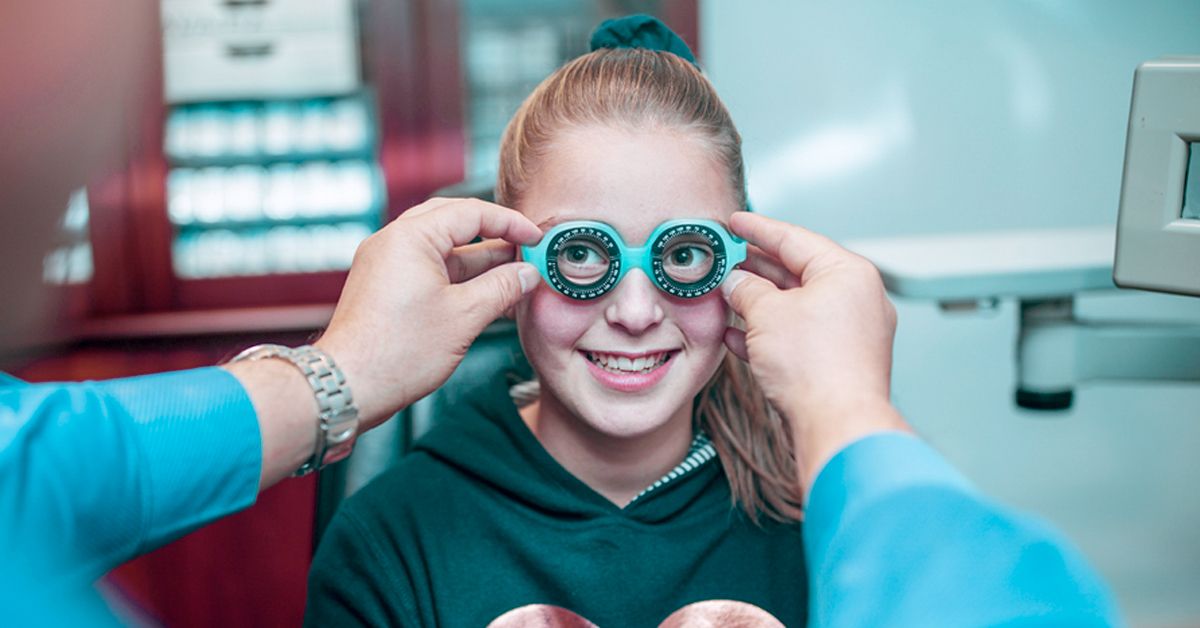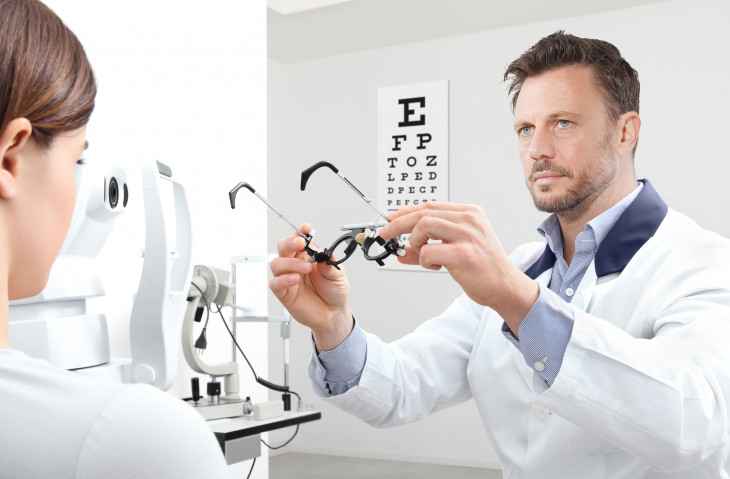Discovering the most up to date Technological Improvements in Optometry and What They Mean for Optometrists
In the ever-evolving area of optometry, recent technical developments are improving how specialists come close to eye care. From the precision of Optical Coherence Tomography to the nuanced understandings used by AI-driven analysis tools, these advancements are setting brand-new requirements in patient evaluation and treatment. Teleoptometry is positioned to redefine ease of access, ensuring that knowledge transcends geographical limitations. As these improvements penetrate the practice, eye doctors are confronted with the difficulty of welcoming these devices to improve client end results. Yet, the concern continues to be: exactly how will these technological changes redefine the duties and obligations within the occupation?
Technologies in Diagnostic Devices
Progressing the area of optometry, developments in analysis tools have actually revolutionized the means eye care experts evaluate and detect aesthetic problems and eye problems. The previous years has actually experienced significant technical advancements, allowing even more accurate and comprehensive examinations.
An additional secret technology is the introduction of advanced corneal topography systems, which map the surface curvature of the cornea with accuracy. These tools are specifically helpful for suitable call lenses and diagnosing corneal disorders. Digital retinal imaging has transformed traditional ophthalmoscopy, offering in-depth, panoramic views of the retina that assist in comprehensive aesthetic assessments.
The advancement of wavefront aberrometry has also been vital, allowing the analysis of refractive errors with unrivaled accuracy (Eye Doctor Optometrist). This innovation helps in personalizing restorative lenses and enhancing medical end results for refractive surgeries. Jointly, these diagnostic advancements empower eye doctors to supply premium individual treatment, making sure very early treatment and customized therapy approaches, inevitably improving visual wellness results
AI in Patient Monitoring
Structure on the foundation of sophisticated analysis devices, the incorporation of artificial knowledge (AI) in patient monitoring represents a transformative leap for optometry. AI systems are increasingly used to enhance effectiveness, precision, and personalization in person care.
Furthermore, AI-driven systems facilitate streamlined patient communications and administrative procedures. Automated organizing, virtual appointments, and individualized follow-up plans not only boost individual fulfillment but additionally maximize time administration for practitioners. These systems can triage patients based upon the necessity of their problems, guaranteeing that those in essential need receive timely focus.
Additionally, AI improves decision-making by supplying optometrists with evidence-based recommendations and therapy pathways. By incorporating information from digital health and wellness documents, AI devices supply insights that inform scientific choices, minimizing the threat of mistakes and boosting individual outcomes. As AI proceeds to evolve, its duty in patient management will likely broaden, reshaping the landscape of optometric treatment.
Developments in Retinal Imaging
In the realm of optometry, retinal imaging has actually observed remarkable technical improvements that are improving analysis capacities and individual care. Developments such as Optical Coherence Tomography (OCT) and fundus digital photography have actually transformed just how optometrists evaluate the retina and visualize.
Enhanced imaging methods like OCT angiography are further refining analysis precision. This non-invasive method maps blood circulation in the retina, using vital insights into vascular health without the requirement for color injections. Additionally, flexible optics technology is being incorporated into retinal imaging systems to deal with ocular aberrations, supplying unprecedented photo quality. Such improvements promote the identification of min retinal adjustments that could represent condition progression.
In addition, innovations in fabricated knowledge are boosting retinal imaging by making it possible for computerized analysis of large datasets. These systems assist optometrists in recognizing patterns indicative of pathology, therefore improving diagnostic accuracy and effectiveness. Jointly, these innovations are changing retinal imaging into a foundation of modern-day eye treatment, enhancing end results and broadening therapeutic possibilities.
Teleoptometry's Expanding Duty
Teleoptometry is significantly coming to be an essential element of eye treatment, driven by developments in data and analysis tools. As optometry welcomes electronic improvement, teleoptometry promotes remote assessments, allowing optometrists to expand their services past conventional limits. This is specifically useful in rural and underserved locations where access to specialized eye care is often minimal. By leveraging high-resolution video clip conferencing and advanced retinal imaging, eye doctors can conduct comprehensive eye examinations from afar, making sure prompt diagnosis and therapy.
The integration of artificial intelligence (AI) more boosts teleoptometry, enabling the analysis of aesthetic information and helping in the detection see this website of ocular problems such as glaucoma and diabetic person retinopathy. AI-powered algorithms can rapidly interpret intricate imaging data, giving eye doctors with important insights that boost scientific decision-making.
Additionally, teleoptometry sustains continuity of care through seamless integration with digital wellness records (EHRs), enabling optometrists to preserve extensive client websites backgrounds. When seeking advice from with various practitioners., this makes certain that patients receive constant and individualized care even.
Regardless of these advantages, challenges continue to be, including ensuring data safety and security and taking care of individual assumptions. Teleoptometry stands for a substantial stride towards even more easily accessible, effective, and patient-centered eye care. As technology develops, its function is positioned to increase even more.

Future Trends in Eye Care
A myriad of cutting-edge patterns is set to reshape the future of eye treatment, driven by technical advancements and the progressing needs of people. One significant trend is the integration of expert system (AI) in diagnostics, which promises to improve the precision and efficiency of eye assessments. AI formulas can evaluate substantial amounts of information from retinal photos, possibly detecting problems like diabetic person retinopathy and glaucoma earlier than typical approaches.
Moreover, customized medication is gaining traction in optometry, with hereditary testing educating tailored therapy strategies. This technique intends to enhance patient end results by tailoring treatments to specific hereditary accounts. Wearable technology, such as clever get in touch with lenses, is additionally imminent, providing real-time tracking of intraocular stress or glucose levels, thus supplying continual insights into eye and systemic wellness.
The fostering of augmented truth (AR) and online reality (VR) in training and individual education is an additional emerging trend. These technologies supply immersive experiences that can improve understanding and skills both for individuals and optometrists. As these fads develop, eye doctors should remain abreast of technological developments to supply cutting-edge treatment, making sure enhanced client results and contentment in the vibrant landscape of eye care.
Verdict

Jointly, these analysis improvements encourage eye doctors to supply superior client care, making certain very early treatment and tailored treatment read review approaches, inevitably improving aesthetic health and wellness end results.

As these modern technologies proceed to develop, optometrists should adapt and incorporate them into practice, inevitably maximizing operations effectiveness and elevating the requirement of eye treatment delivered to individuals.